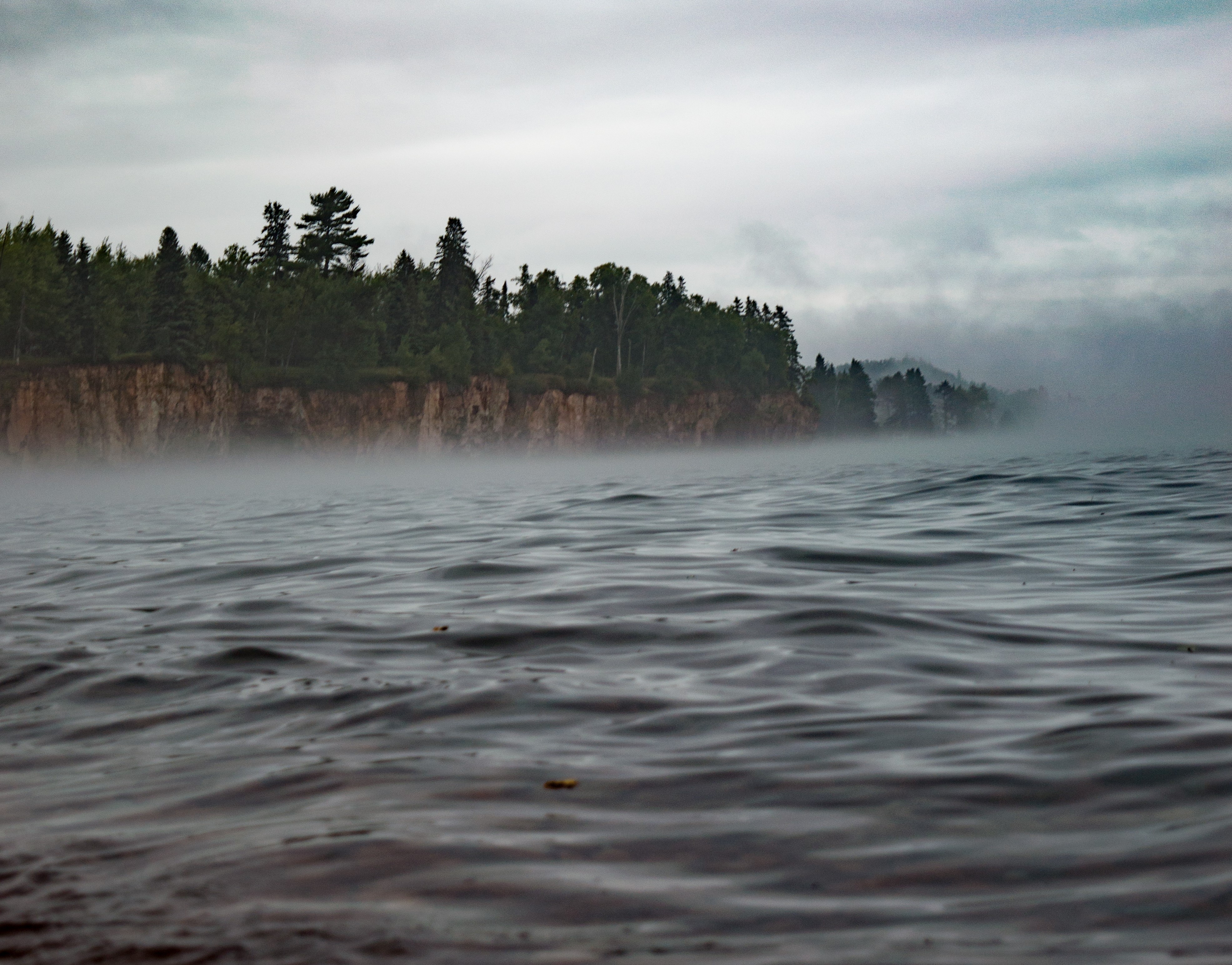Testimony on Proposed Rule Changes to Minnesota Water Protections
The following is my written testimony which I will read for a judge and submit to official public record on 12/11/2019 regarding proposed changes to water quality classifications.
I feel that my testimony gives an accurate breakdown of what the proposed rule changes will look like in practice versus the legalese descriptions I had to read through for hours to understand exactly what is going on.
Testimony
My issues with the proposed classification changes are two-fold. The first is that the new classifications would not take the interconnectedness of waterways into account when determining classification and associated levels of contaminants. The second is that the changes to the rules stand to benefit private industry more than the general public. I will briefly give an overview of each of these concerns.
My first concern is that the proposed changes do not take into consideration the principle that our waterways are vastly interconnected through streams, flooding, rain, and percolation into groundwater. The proposed changes to classifications in waterways define waterways as parceled sections, for example, the west branch of the Knife River which is a tributary of Lake Superior, which is a source of drinking water, is recorded in the proposed rules as 4.01 miles and it proposed to be downgraded from 2A which protects it as a source of drinking water to 2B which is not protected as drinking water. This would mean that water not classified for drinking water (Knife River) would be entering a source of drinking water (Lake Superior).
Under the proposed rule changes the Knife River could potentially be discharging 16,221 cubic feet of water unfit for drinking per second (average rate of discharge sourced from waterdata.usgs.gov) into Lake Superior.
This is just one direct example of how treating a waterway as an isolated management area is detrimental to our quality of drinking water and the overall ecosystem. This example does not take into account how flooding, rain, and groundwater absorption will mix waters of different classifications.
In summary, if the MPCA classifies one section of a water system in a way that raises allowed levels of contaminants the contaminates in that water will absolutely travel to other waterways with more protected designations. Essentially, any changes to allow higher levels of contaminants in one waterway will impact waters for many miles surrounding it including groundwater.
Understanding this is critical when we look at the changes in allowed contaminants for 2A and 2B classification as defined by the Minnesota Administrative Rules 7050.0222. Classification from 2A to 2B allows for a 2,550% increase in arsenic which is recognized by the World Health Organization as a known carcinogen and up to 300% increase in phosphorus which accelerates eutrophication of waterways. In addition to these, levels of many other contaminants are raised when comparing classification 2A to 2B.
My second concern is that these proposed rule changes stand to place the burden of the impact of the proposed rule changes on the public and the benefit with private industry. If the rules go into effect private industries stand to benefit as waterways will be allowed to accept more industrial discharge.
For instance, if the rule changes go into effect and a business can save X amount of dollars annually, that money will not likely be proportional to the economic and ecological impact of degraded waters entering more pristine waterways. Said differently, the economic boon from the proposed changes will not be shared with the public.
Further, if there is ever a need to restore any waterways as a result of contaminated water entering into pristine waterways the general public, not private industry who benefits from these proposed changes, will be left with the bill to restore the waters.
Lastly, in the “Amendments to Aquatic Life (Class 2) Use Designations” document published by the MPCA in June 2019 this a reason given for bringing forth changes to the existing rules regarding protection classifications of Minnesota waters: “As the result of routine monitoring and stakeholder requests, the MPCA has identified waters where the currently designated beneficial use does not accurately reflect an attainable use.” This statement begs the question; which stakeholders were requesting this proposed change? I have not spoken to any fellow fishermen, outdoorsmen, or public water drinkers who asked the MPCA to evaluate or reevaluate our waterways to determine if a higher load of contaminants is acceptable.
A total of 837.9 miles of river or stream management area would change classification following the proposed rule change and all water systems in our state would be subject to these classifications. I understand that only 135.5 miles of that stand to be downgraded, but we must remember that streams don’t simply stop flowing once they leave their management area and the water cycle will carry contaminants to other nearby water systems.
Finally, as an American who entrusts the stewardship of our land, sky, and waters to public agencies such as the MPCA it is deeply troubling that there is no acknowledgment nor plan for managing 2B classified water flowing into and mixing with 2A classified water systems and the reasoning for such changes stands to primarily benefit private industries and not the public for which the agency is supposed to represent.
For these two reasons, I am in strong opposition to the proposed changes to the amendments to water quality standards for use classification 2.
I ask that the proposed rule changes be amended so that our water systems can only be evaluated or reevaluated to be upgraded or considered for 2A classification. If these amendments are impossible I ask that the changes be fully withdrawn from consideration.

I encourage you to complete your own research on the topic and form your own opinion. If you wish to do so here are some documents I found helpful.
Minnesota Pollution Control Agency Page: https://www.pca.state.mn.us/water/amendments-water-quality-standards-use-classifications-2-and-7
Official Amendment Proposal Document:
https://www.pca.state.mn.us/sites/default/files/wq-rule4-21a.pdf
Use Classifications of State Waters:
https://www.revisor.mn.gov/rules/7050.0140/
Specifications of Quality Standards for State Waters:
https://www.revisor.mn.gov/rules/7050.0222/
